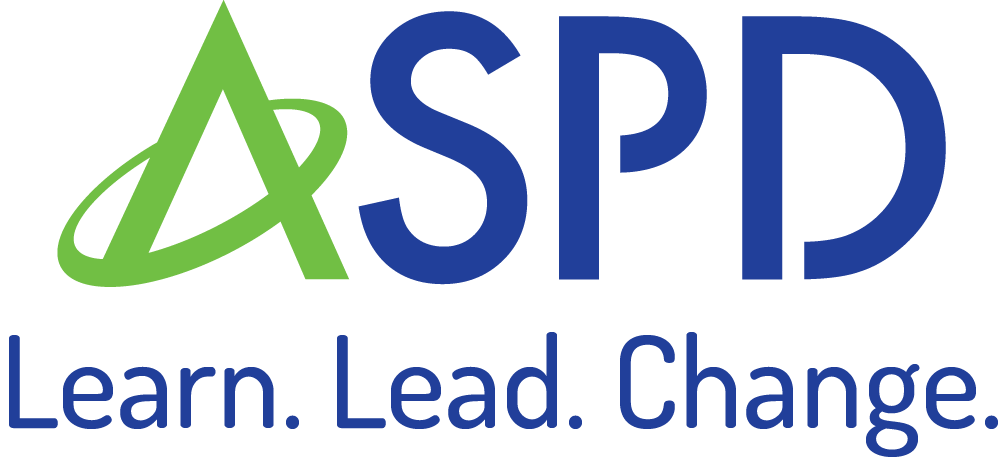✅ Practical Text Analysis Tool: Academic Language Features in Narrative Text
Adapted from WIDA 2020 Standards Framework
This tool supports teachers in analyzing the language demands of narrative texts, including fairy tales, fables, myths, historical fiction, and drama.
| Criteria | Details/Examples | Notes |
|---|---|---|
| Narrative structure? | Beginning, middle, end; exposition → climax → resolution | |
| Organization? | Chronological, flashback, framed? | |
| Point of view? | First-person: I Second-person: You (speaking to you: directions, guides, advice) Third-person limited: She Third-person omniscient: He knew everything |
|
| Transitions/setting changes? | e.g., “Years later…” or “As the sun set…” or “As she prepared her breakfast ,,,,” | |
| Cohesive devices? | Synonyms, pronouns, transitions like meanwhile | |
| Structural features? | Acts, scenes, dialogue tags | |
| Dense or symbolic language? | Example: The gracious child expressed thoughts, words, and actions showing the depth of gratitude she had for the grandfather's kindness at the most unexpected time. |
| Criteria | Details/Examples | Notes |
|---|---|---|
| Sentence types? | Simple, Compound, Complex, Compound-complex | |
| Clauses to show meaning? | ||
| Conjunctions? | and, but, because, although |
| Criteria | Details/Examples | Notes |
|---|---|---|
| Technical/content-specific words? | (e.g., specific to the narrative genre) | |
| Repeated or emphasized terms? | e.g., "destiny" (repeated for emphasis) | |
| Cross-disciplinary terms? | (e.g., conflict, theme, setting) | |
| Multiple meanings? | (e.g., light, dark, shadow) | |
| Morphologically complex? | transformation → trans- + form + -ation | |
| Cognates? | narrative → narración, récit | |
| Abstract nouns or academic verbs? | imagination, creativity, inspiration analyze, interpret, critique |
|
| Gradated terms? | subtle, nuanced, vivid | |
| Phrasal verbs? | build up, break down, come across |


